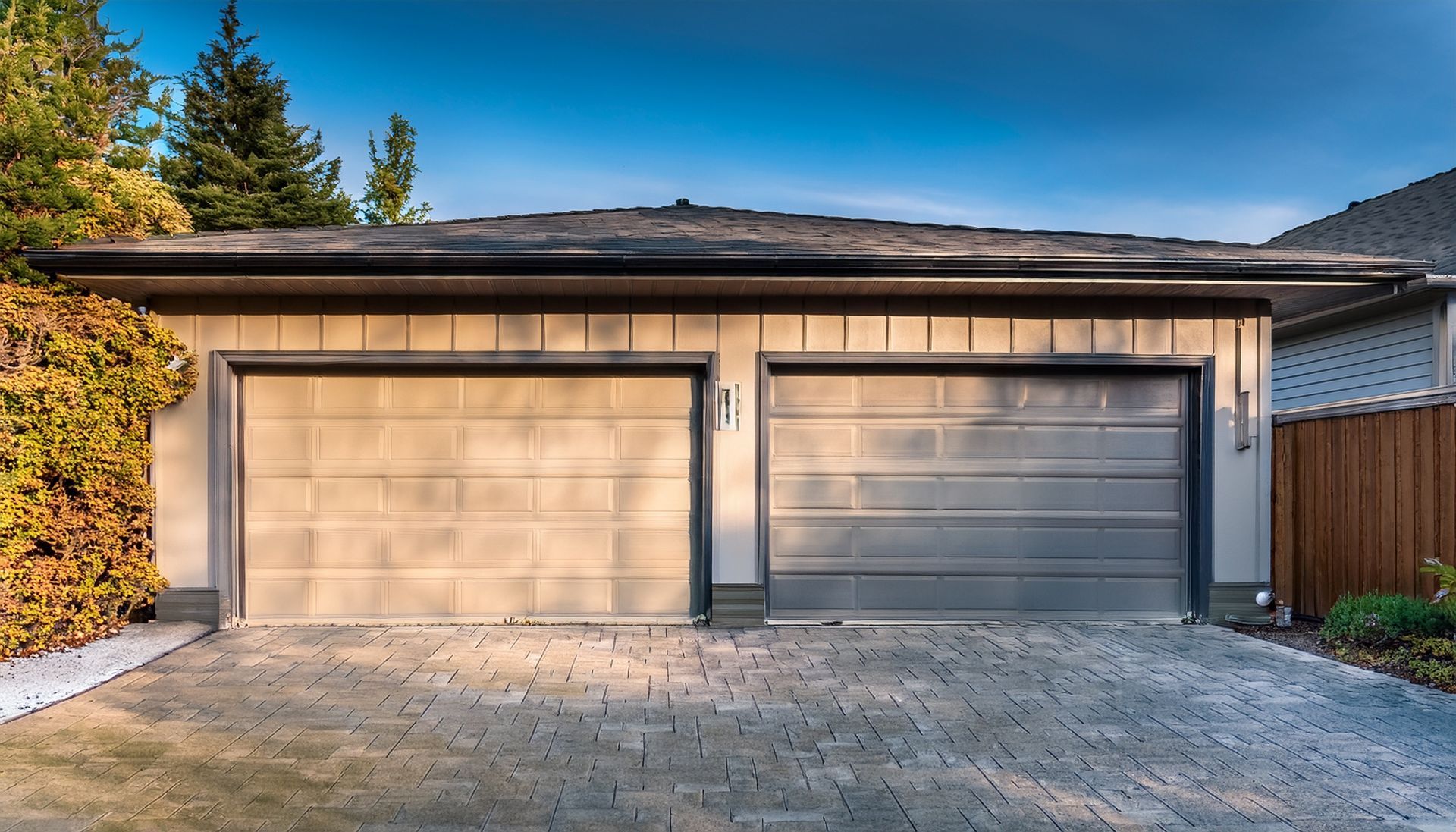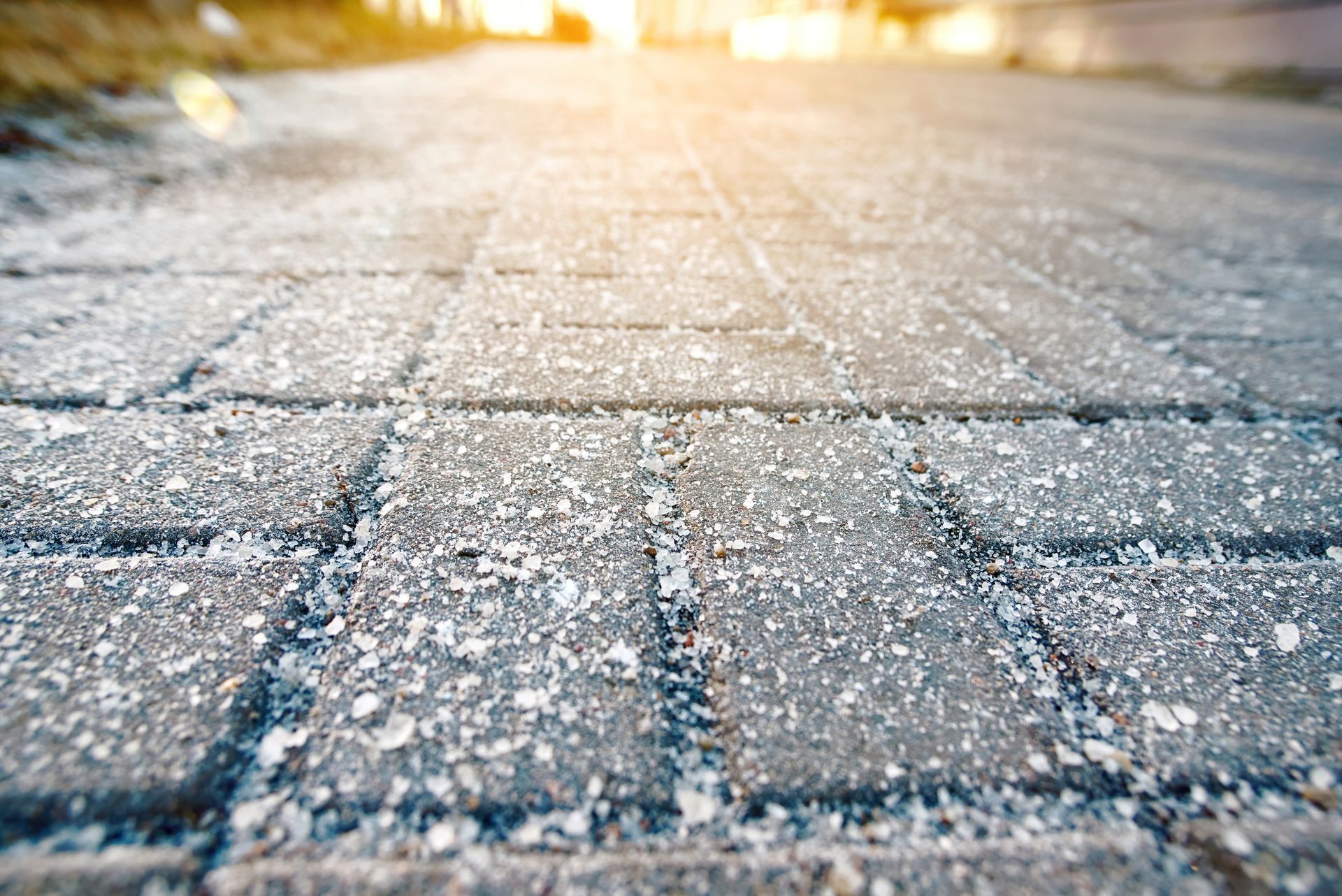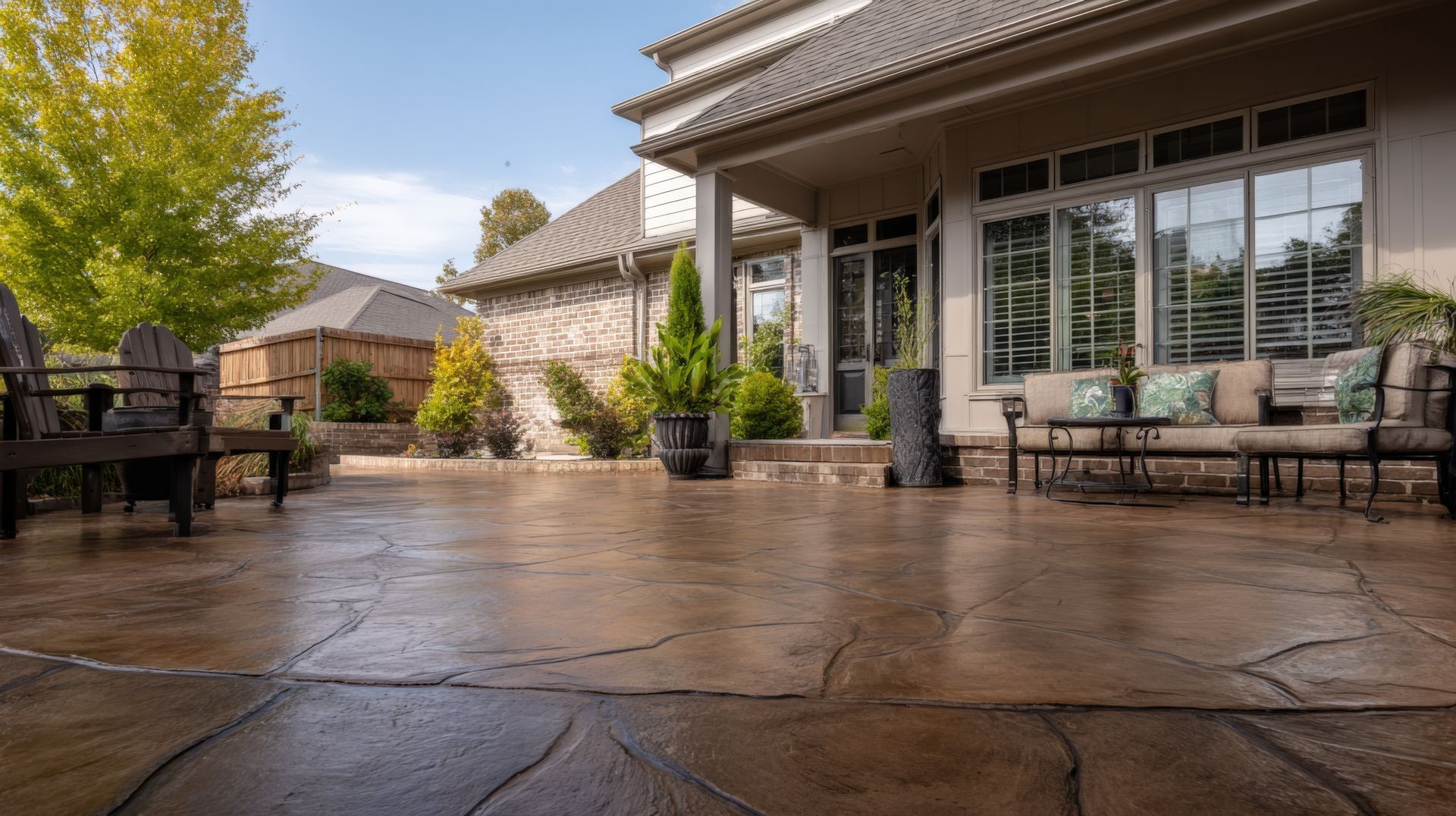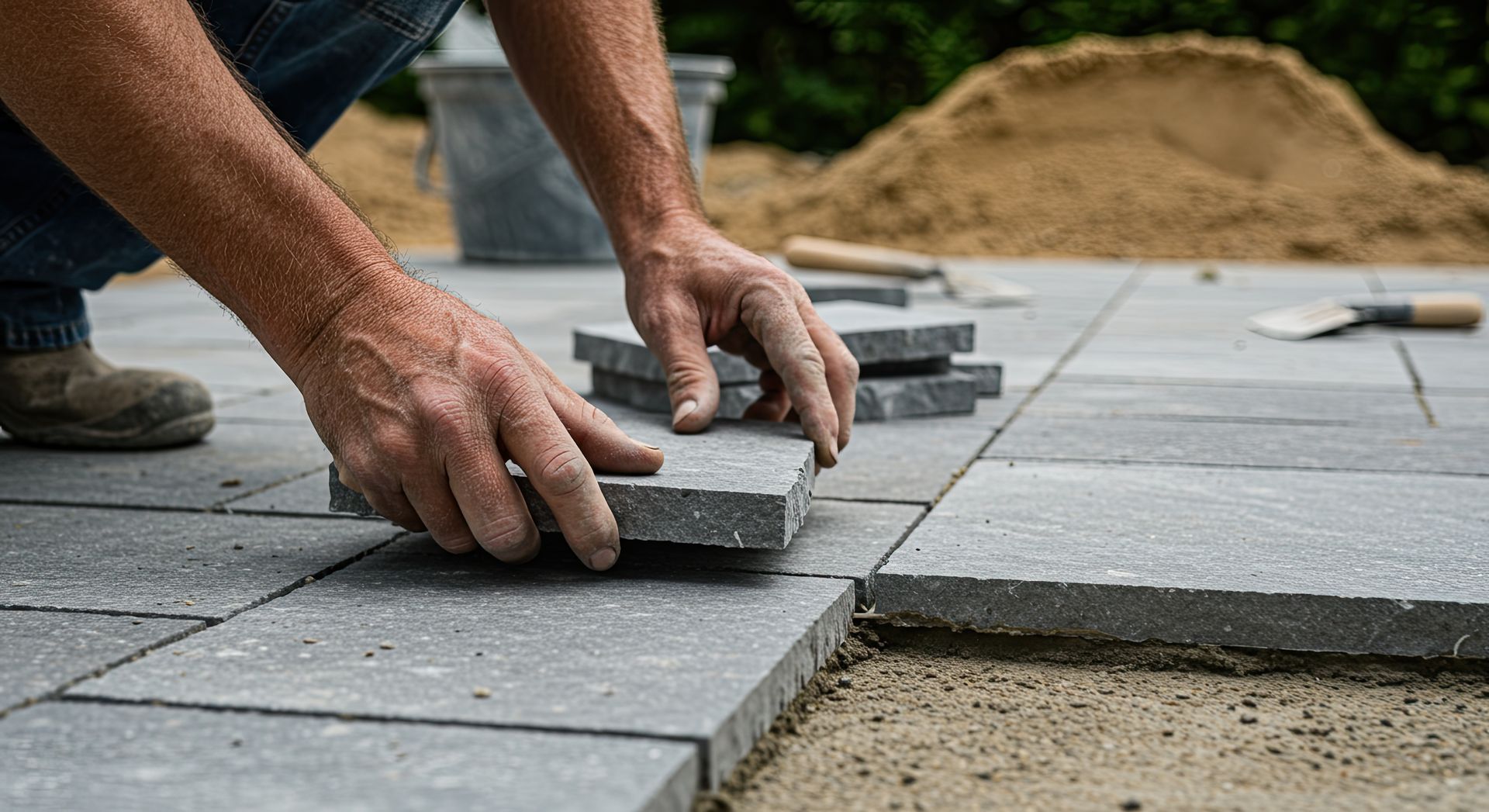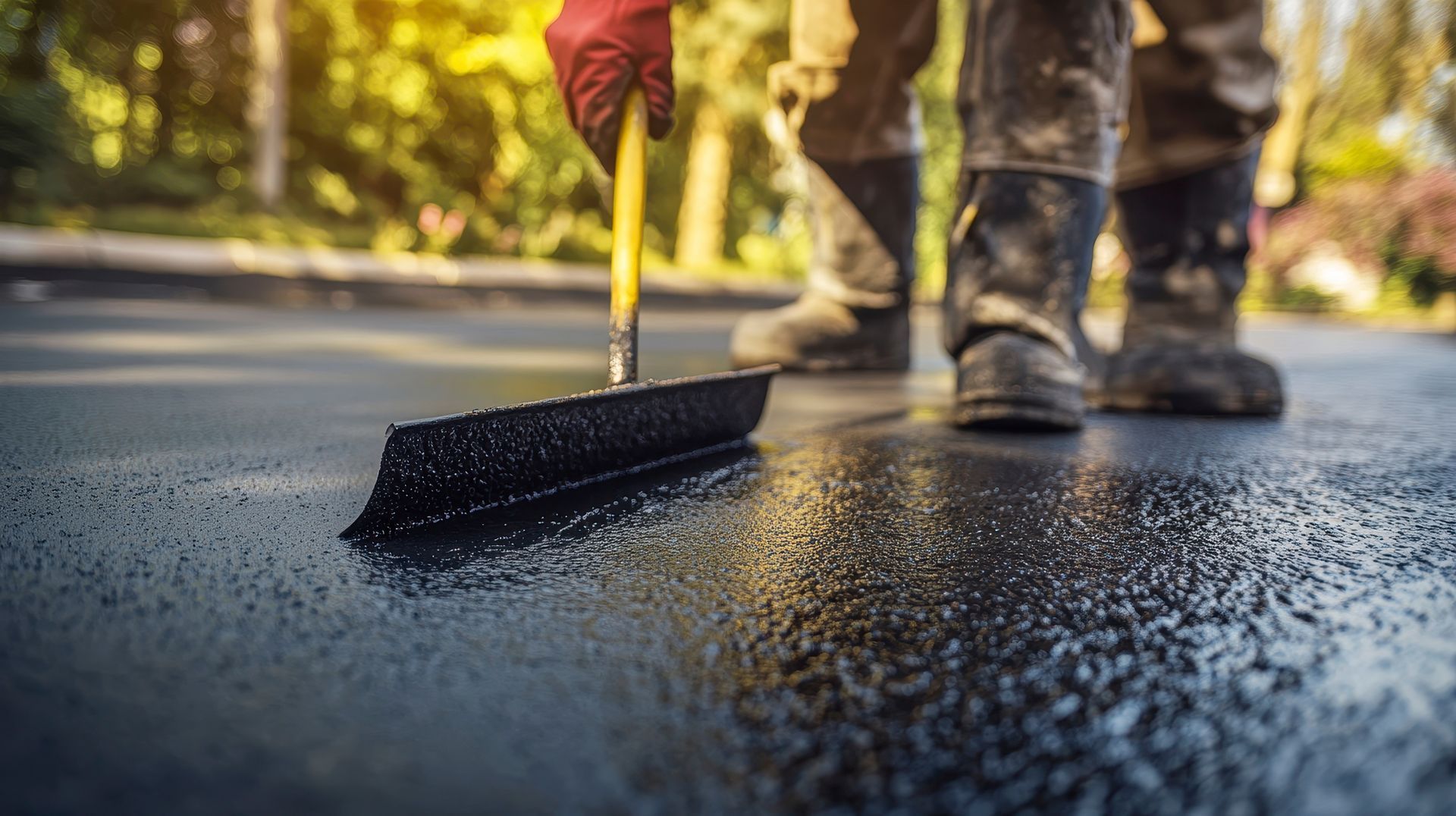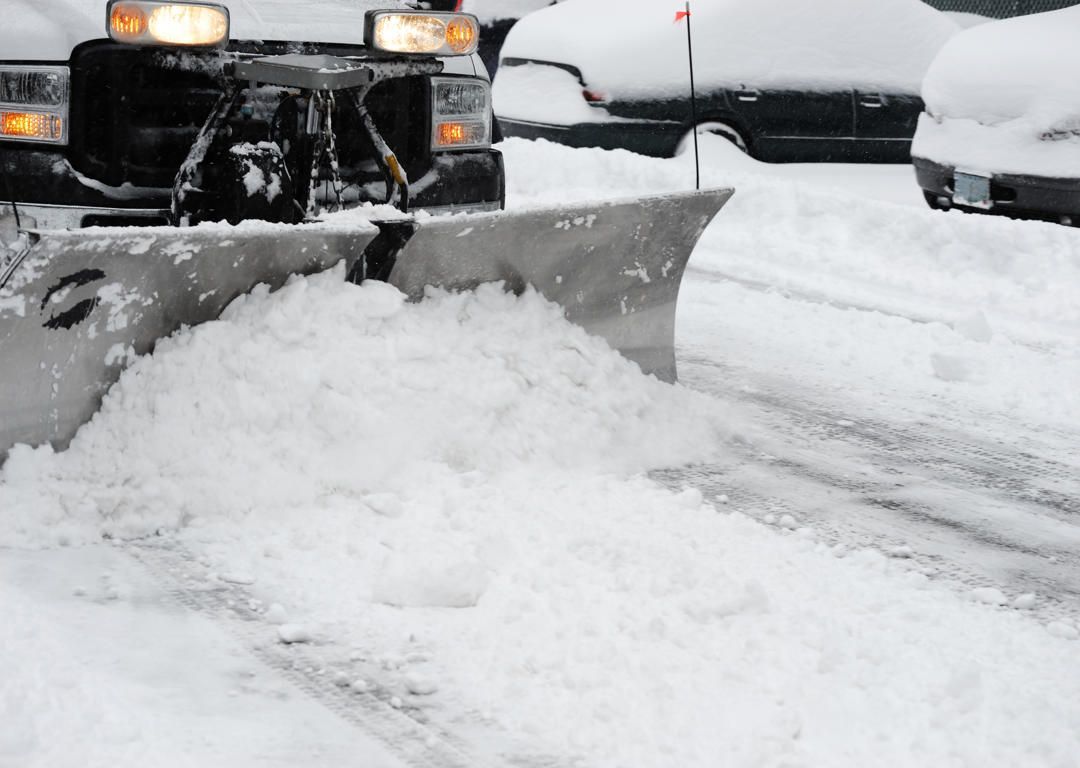
Denver’s winter weather and regular snow removal can take a toll on concrete surfaces, causing cracking, wear, and long-term damage if not properly prepared. A few proactive steps can protect driveways, patios, and walkways, helping them withstand the demands of snow and ice removal. Here’s a guide to preparing concrete surfaces for the snowy season.
Key Tips for Winter-Ready Concrete
Inspect and Repair Existing Cracks
To prevent worsening damage during winter, it’s crucial to address cracks in your concrete surfaces.
- Identify Cracks: Check all concrete areas for visible cracks, especially around edges and high-traffic spots.
- Apply Crack Filler: For minor cracks, use a concrete filler to seal them and prevent moisture from entering.
- Professional Repairs: Larger cracks may need professional attention for a lasting repair before winter hits.
- Why It Matters: Repairing cracks early reduces freeze-thaw damage by blocking water infiltration.
Apply a Weather-Resistant Sealant
A high-quality sealant forms a protective layer over concrete, minimizing moisture absorption and extending the surface’s life.
- Choose the Right Sealant: Select a sealant designed for freeze-thaw protection to withstand Denver’s climate.
- Timing is Key: Apply in the fall, allowing enough time for the sealant to cure before temperatures drop.
- Reapply as Needed: Every few years, reapply to maintain a durable, protective barrier.
- Why It Matters: Sealed concrete is less susceptible to cracking, chipping, and water damage in winter.
Optimize Drainage to Protect Concrete
Good drainage is essential to prevent standing water, which can freeze and damage concrete.
- Direct Downspouts Away: Position downspouts so water doesn’t flow directly onto concrete surfaces.
- Grade the Landscape: Ensure the ground around concrete is sloped away to direct water runoff safely.
- Clear Debris Regularly: Leaves and other debris can trap moisture; keep edges clear to prevent water buildup.
- Why It Matters: Effective drainage reduces the freeze-thaw stress that can weaken concrete over time.
Snow Removal Tips to Protect Concrete
Use Safe Tools and Products
Using the right tools and de-icing methods can prevent accidental surface damage.
- Opt for Plastic Shovels: Plastic shovels are gentler than metal ones, reducing the risk of scratching or chipping.
- Avoid Harsh De-icers: Use chloride-free, concrete-safe de-icers to protect against surface degradation.
- Snow Blowers for Larger Areas: A snow blower is an effective option to clear snow without direct contact, preserving the surface.
- Why It Matters: Proper tools and de-icers help protect the concrete’s surface and extend its lifespan.
Remove Snow Promptly After Storms
Allowing snow to sit on concrete can increase moisture exposure and damage over time.
- Clear Snow After Each Storm: Prevent water buildup and heavy ice formation by removing snow promptly.
- Pay Attention to Corners and Edges: These areas hold water longer and are often more vulnerable to cracking.
- Why It Matters: Timely snow removal prevents freeze-thaw damage and maintains the surface’s integrity.
Winterizing concrete surfaces with these protective measures ensures they remain strong, smooth, and durable, even through Denver’s coldest months. By inspecting for cracks, sealing the surface, enhancing drainage, and practicing careful snow removal, homeowners can protect their concrete and keep it looking pristine all season.
Contact Creteworx for expert concrete sealing and repair services. Get in touch today to prepare your concrete for winter and enjoy long-lasting durability and beauty.
